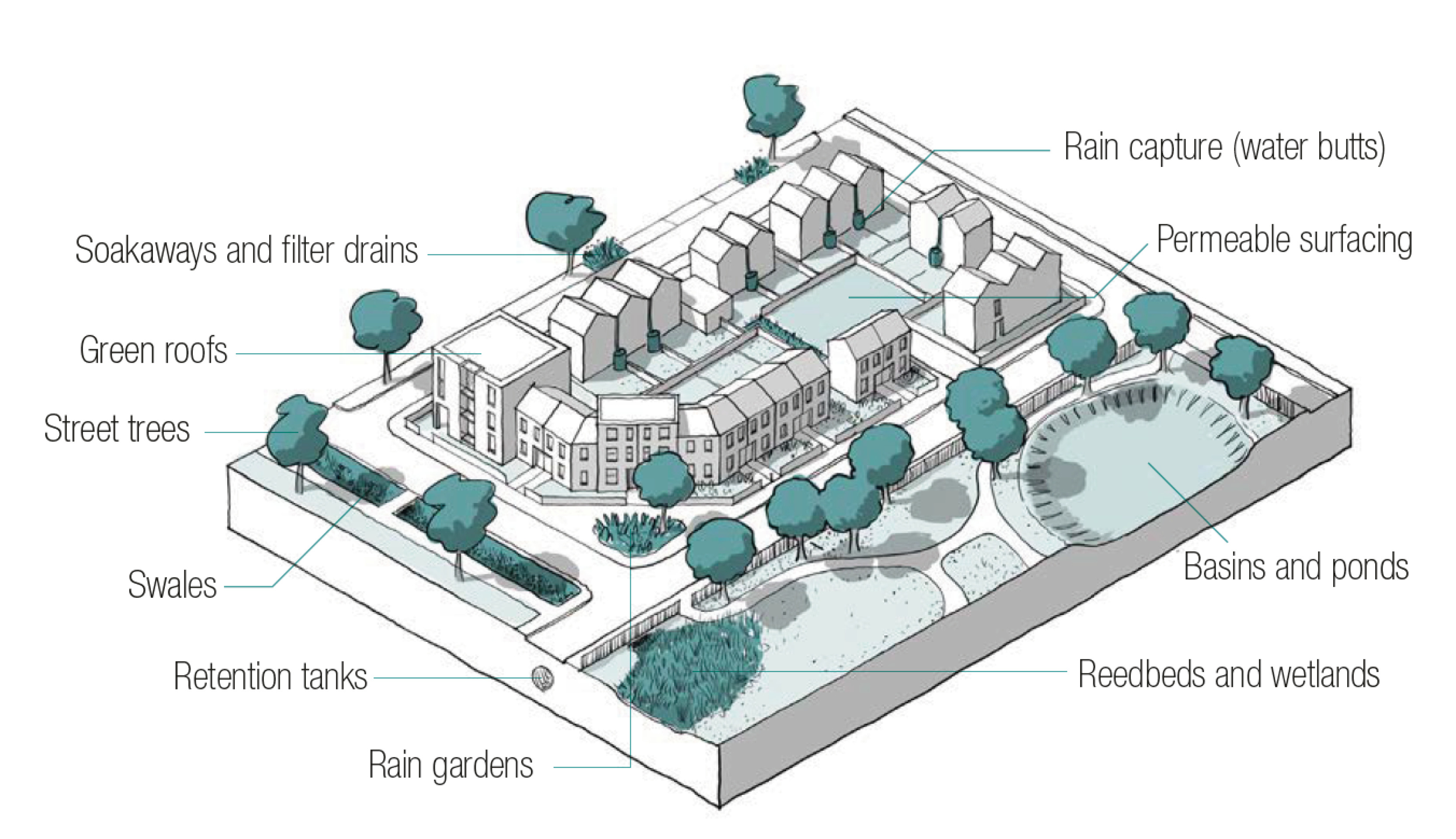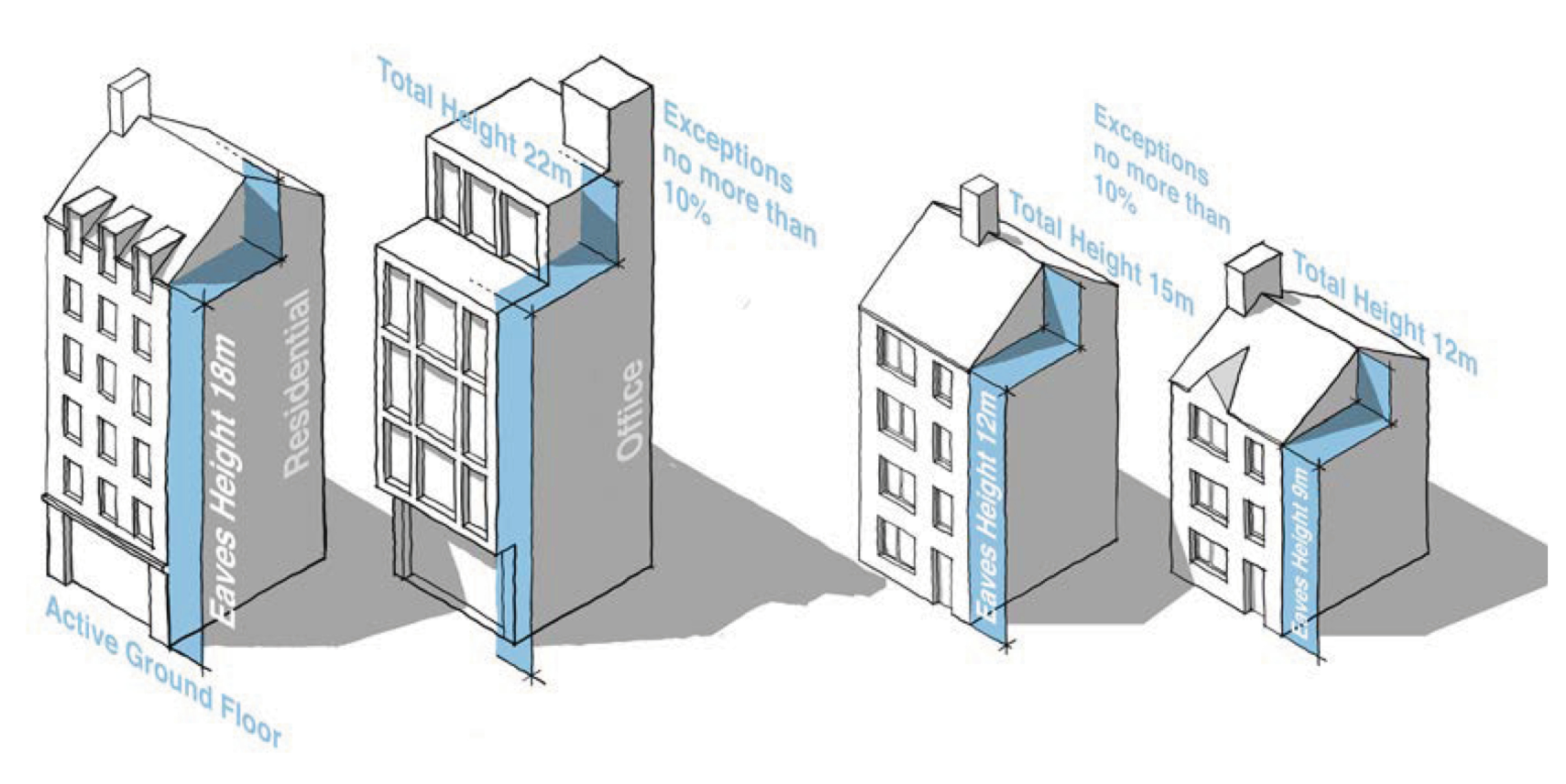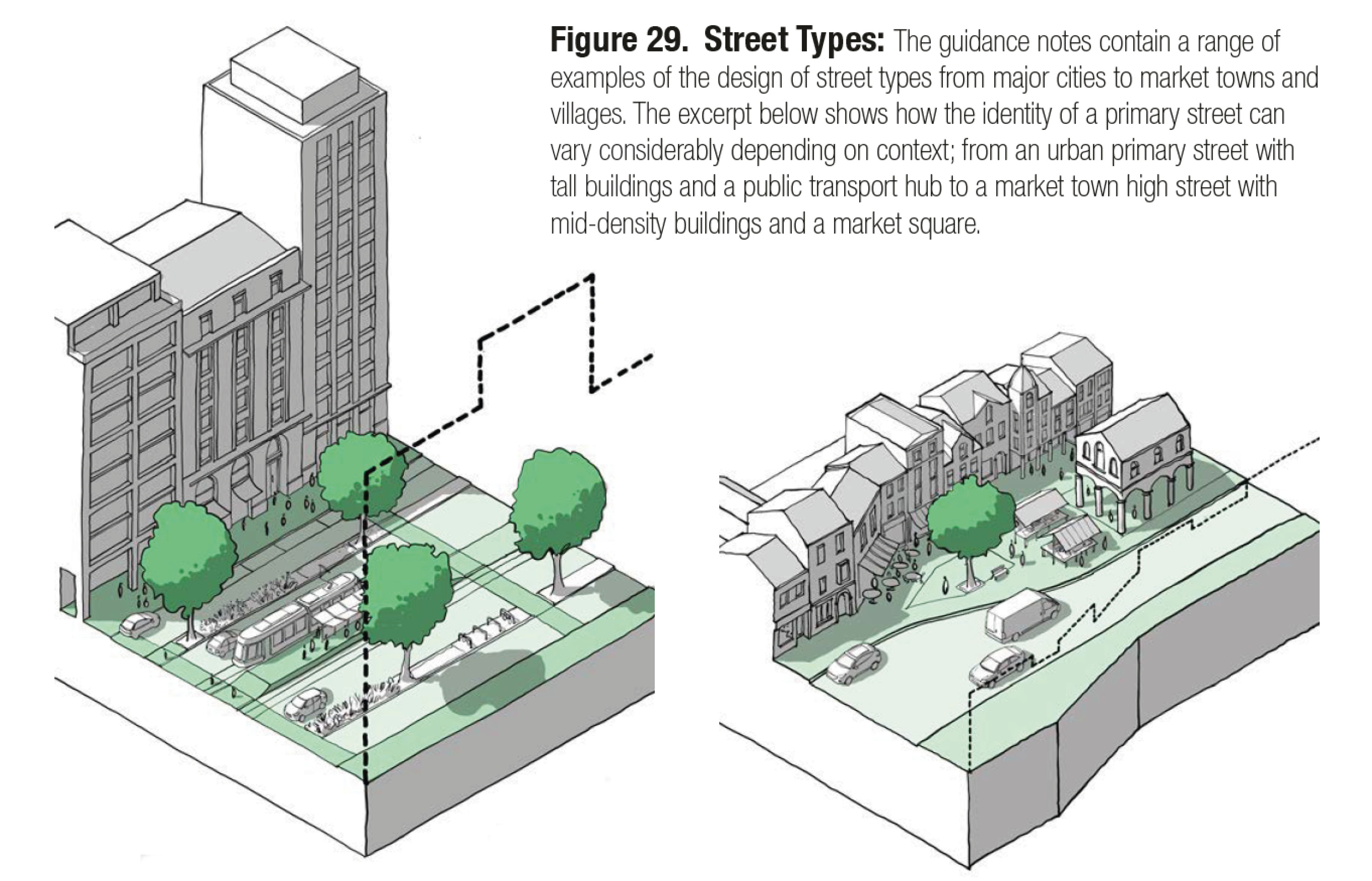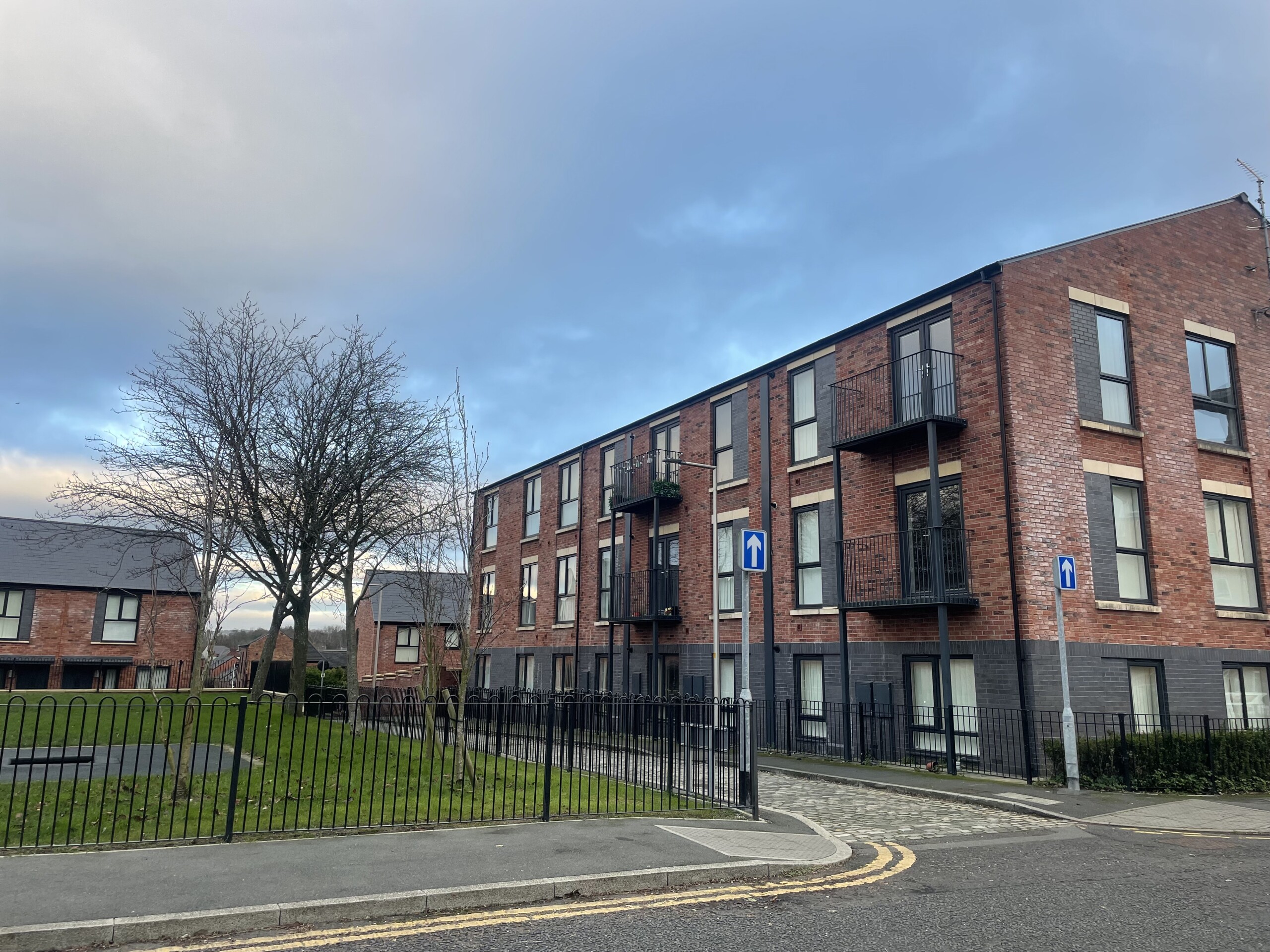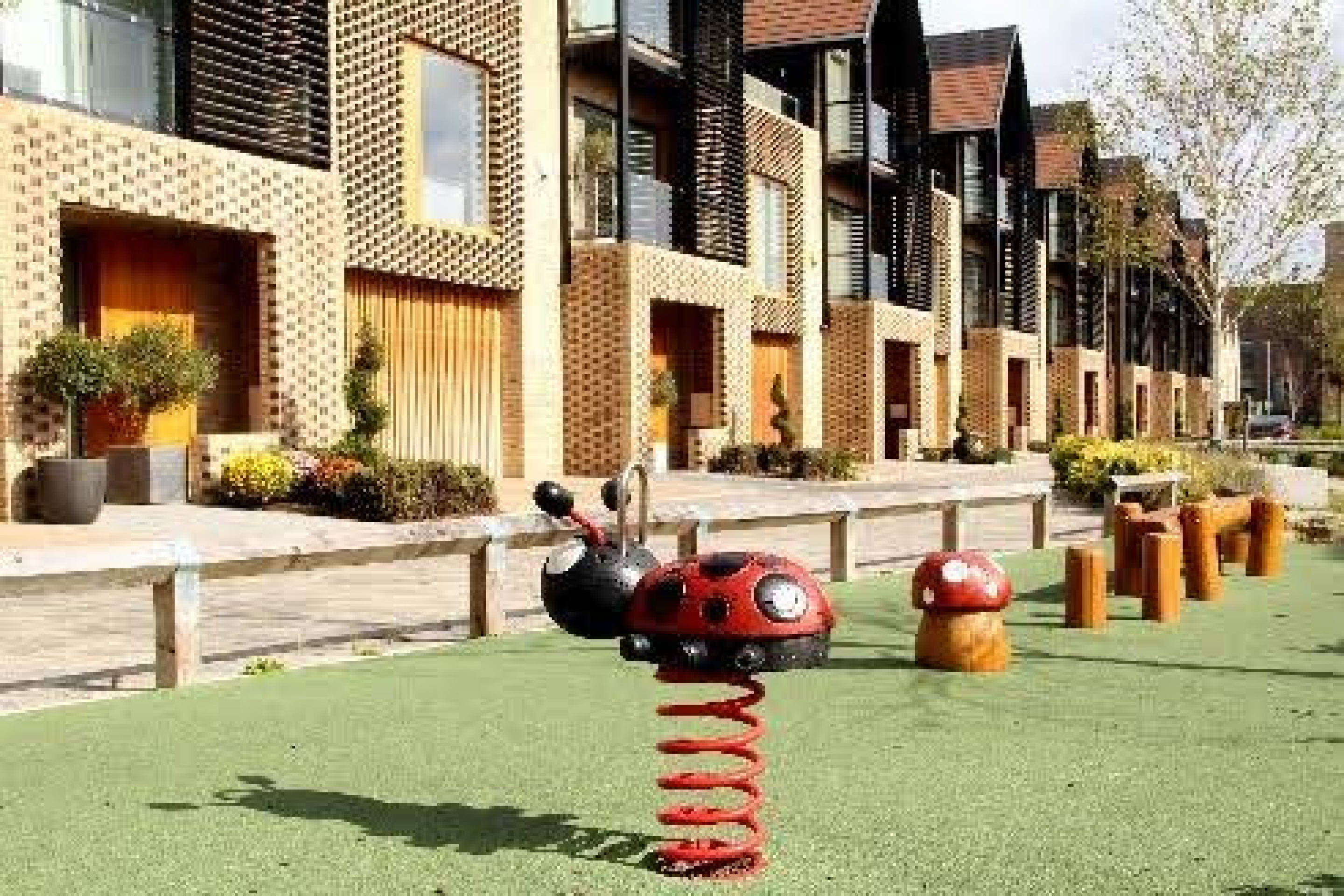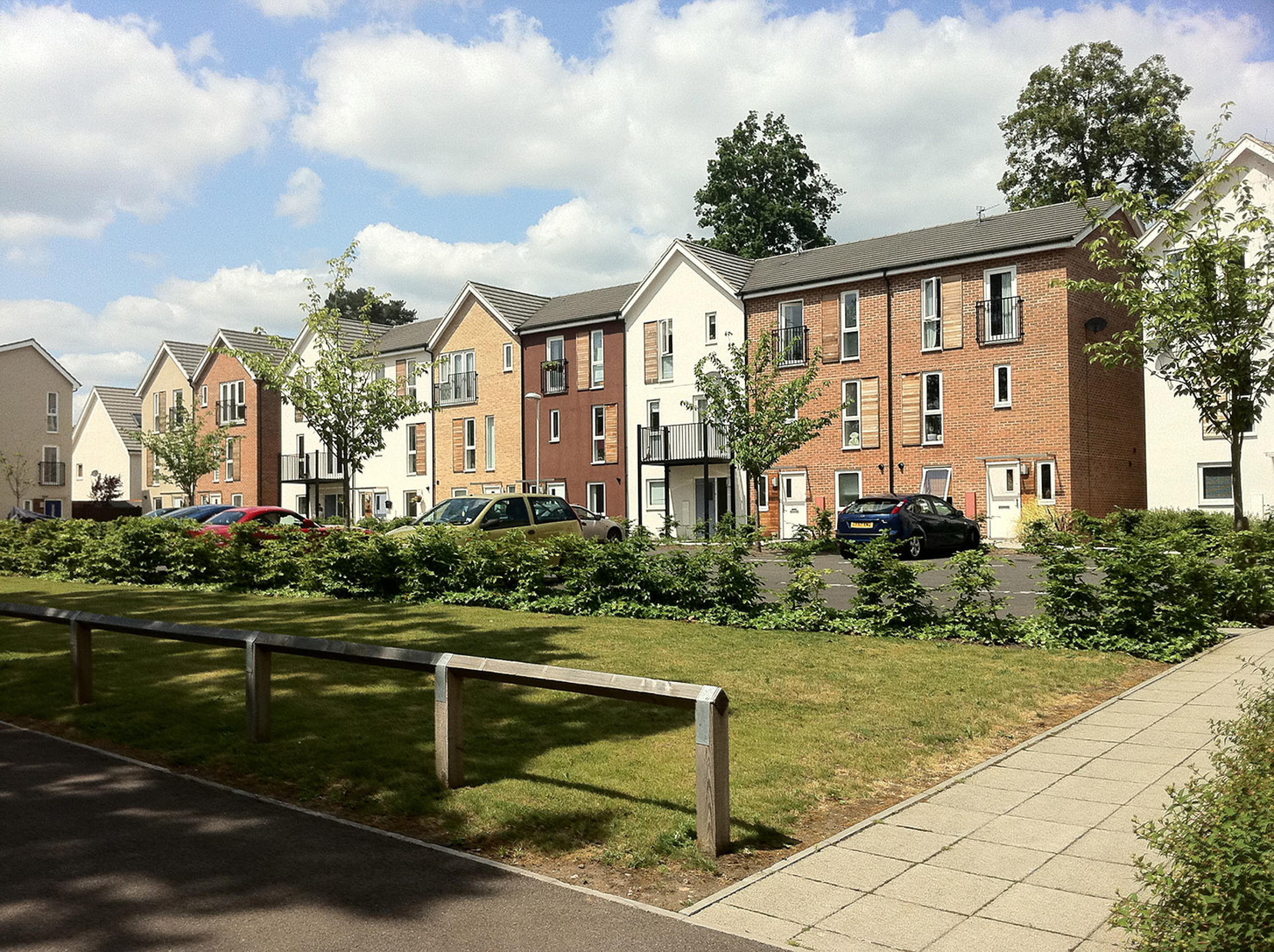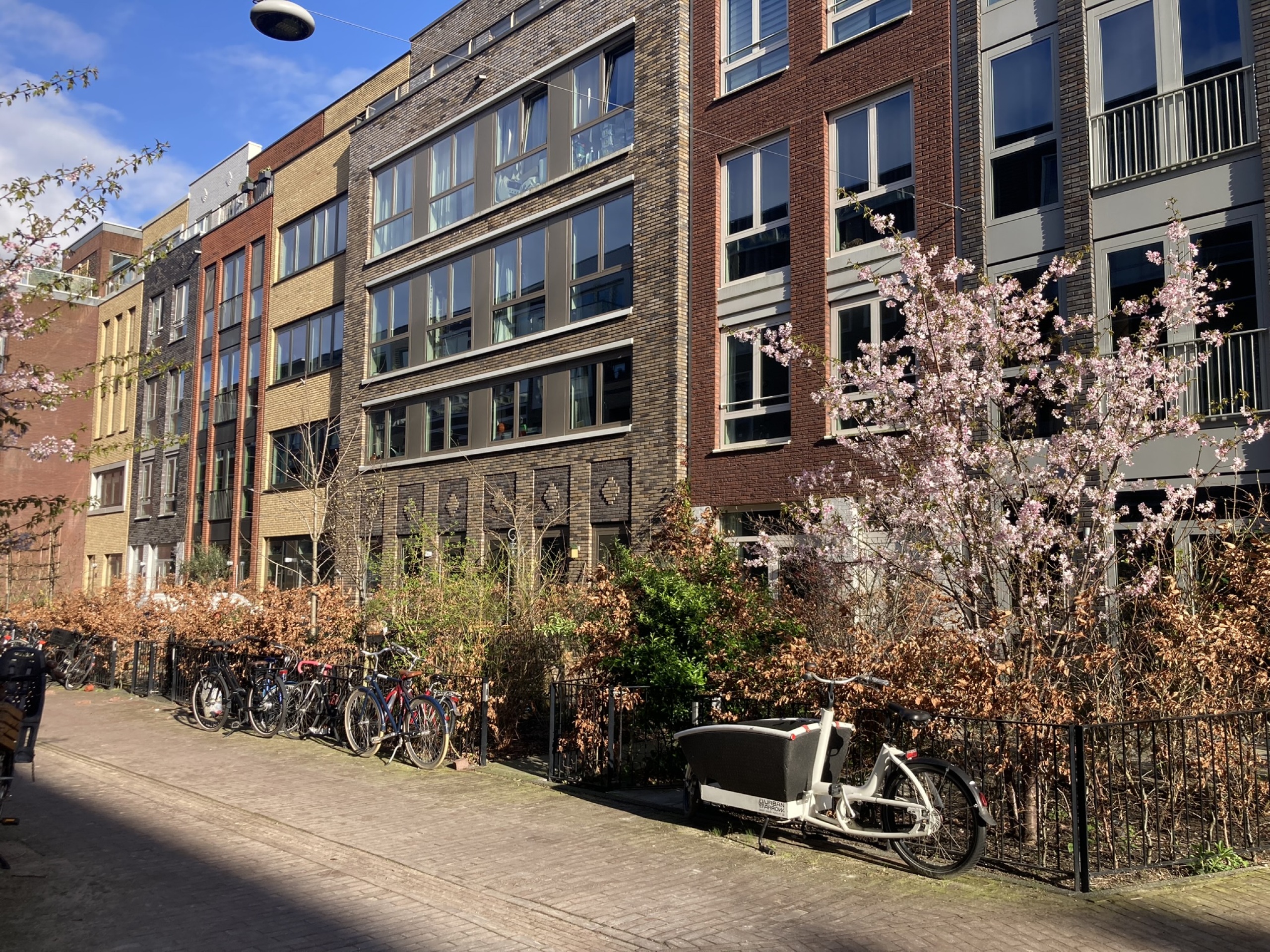The Design Code Pathfinder programme
Stockport is one of 10 places in the country that have been selected to be part of the UK Government’s Design Code Pathfinder programme.
The purpose of our participation in the programme is to produce a design code for new developments across Stockport, working closely with local people and communities.
Design codes are an important tool of the Planning System and as part of the Pathfinder programme we will be able to test how design codes can improve the quality of design and shape the places we live and work.
What is a design code?
Design codes set out expectations for the design of buildings, spaces and places, and are an important planning tool for shaping homes and neighbourhoods. They can cover aspects such as buildings, streets, and open spaces, and serve as an important planning tool in shaping the design of homes and communities.
They provide clear expectations for developers and architects, streamlining the planning process while ensuring developments align with local visions. Typically supported by visuals and graphics, they communicate design intentions effectively.
Design codes enhance decision-making efficiency, foster public trust through engagement, and establish a shared understanding of development goals. By providing clarity and promoting collaboration, they help create better, more liveable environments that gain community support.
Once adopted, the design code will form part of the development plan. This means it will be used during the development management process to shape the design of new development. It will be read alongside existing and emerging planning policies, in particular those relating to good design. The design code will help to define what good design means in different parts of the borough.
Example images from the National Model Design Code - click images to enlarge
The Stockport Design Code
We will produce a design code that is specific to the issues we have in Stockport. It will take forward the design principles and priorities set out in our existing document Stockport Town Centre Residential Design Guide. It will also use the Character and Urban Density Study as a key piece of evidence to support the production of the code.
The focus of our design code is to empower local communities to set standards that they expect all new development to meet. This consultation is the first stage in meeting that aim.
Another key aim of the code is to support the council’s strategic approach to development. In Stockport, the Green Belt covers around half of the total land area, making development opportunities outside of this area relatively constrained. Given this, increasing the average density of new developments in the most accessible, urban locations is an important part of the overall strategy for Stockport. This strategy will reduce the amount of land that needs to be used for developments and thereby reduce the amount of green space required.
What is optimised density?
In short, optimising density means using available land in the best way possible for new homes and other uses, while making sure it fits in well with the surrounding area and creates high-quality places and spaces.
This means that:
- Sites are developed efficiently, making the most of the available land to deliver the council’s targets for homes and other uses
- It does not mean that all new development will be high-rise towers.
- Development must respond to and be appropriate to its surroundings. Areas with good transport connections, easy access to shopping, schools, healthcare and employment can usually accommodate more development than areas without such benefits.
- Developments that optimise density can create neighbourhoods with a mix of housing types including anything from: 3-6 storey apartment blocks, walk-up apartments (with their own doors on the street), duplexes, town-houses and terraces. Examples of developments that are of optimised density include:
Example images of optimising density - click images to enlarge
What are the benefits of optimising densities?
In short, optimising density means using available land in the best way possible for new homes and other uses, while making sure it fits in well with the surrounding area and creates high-quality places and spaces.
This means that:
- They can allow for more compact development, which is a more efficient use of land
- Buildings that are of an optimised density can be more affordable than single-family homes
- They can provide shared spaces and facilities to create a sense of community, such as co-working spaces, gyms, laundries
- They can provide a greater mix of different house types and sizes to provide choice and meet the needs of local people
- They can be more efficient in terms of building performance e.g being cheaper to heat and with a lower carbon footprint for residents.
- It supports the redevelopment of vacant sites
- There is potential for mixed-uses including retail and leisure facilities
- It can reduce sprawl and reduce the extent to which development will be required on greenfield or Green Belt sites.
- In urban areas it supports walking and cycling by being located close to local facilities and services
- It can provide easy access to public transport services
- Building more homes in urban areas means more people will visit and shop at new and old businesses, making the local economy stronger.
Engagement and Consultation
Throughout the preparation of the design code we want to engage and involve local people and communities using a variety of consultation methods, both in person and online.
We particularly want to engage with those who often don’t usually get involved in the planning process.
There will be various stages of engagement throughout the project.

